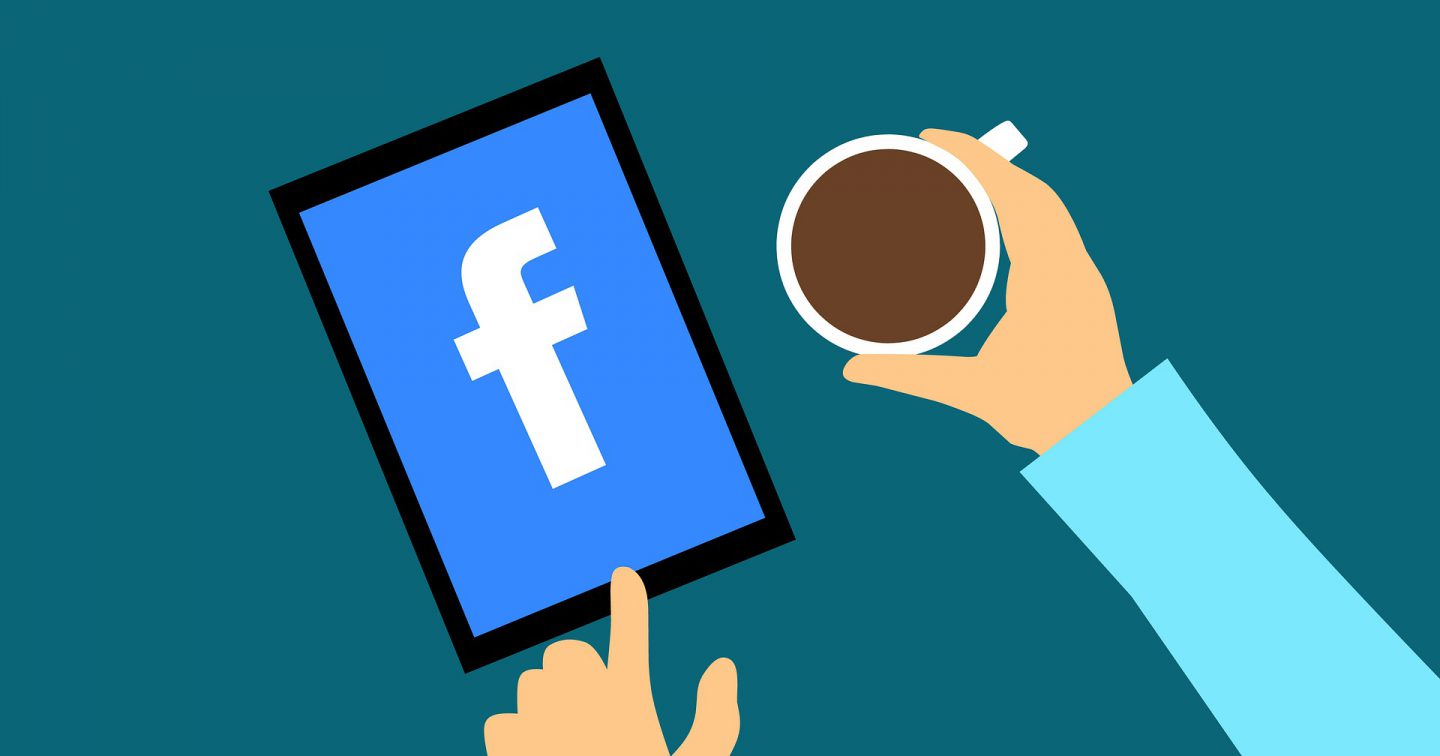Facebook: Bringing People Closer Together, Not Closer to Your Site
What Is Happening at Facebook?
On January 11, Facebook Co-founder and CEO Mark Zuckerberg announced that the social media platform would be making changes to their News Feed in order to encourage users to actively connect with people they care about.
Why?
According to Facebook, there are two reasons for this change.
First, this was done in response to feedback that “public content — posts from businesses, brands and media — is crowding out the personal moments that lead us to connect more with each other.”
Second, they want to make sure that Facebook isn’t “just fun to use, but also good for people’s well-being.”
This comes after a combination of academic and internal studies on the effects of passive social media use. The research showed that using social media to actively engage with friends and family had a positive influence on a person’s life. It had the ability to promote a feeling of community and inclusiveness. However, using social media to passively read articles or watch videos had a negative effect on a person’s life and caused them to feel isolated.
What Does This Mean for My Business?
According to Zuckerberg’s January 11 post:
“As we roll this out, you’ll see less public content like posts from businesses, brands, and media. And the public content you see more will be held to the same standard — it should encourage meaningful interactions between people.”
Or to put it simply, Facebook will prioritize content in your News Feed that they believe will facilitate meaningful social interactions.
Meaningful Social Interactions > Relevant Content
Post’s by Family & Friends > Post’s by Businesses, Brands, and Media
Facebook says that businesses, brands, and media will be held to the same standard, but that’s not entirely true. Friends and family will always take priority in the News Feed, which is already putting businesses and brands at a disadvantage.
Also, businesses that frequently publish posts that receive low engagement will now have even more difficulty being seen in the News Feed, and thus a substantially lower reach. Until we learn more, it seems safe to assume that all business, brand, and media pages will see lower overall reach and referral traffic than they did previously.
Why Is This Happening?
This may feel like a giant slap in the face to digital marketers and social media managers everywhere, but it’s actually just the next logical step in Facebook’s progression of improvement.
Facebook Updates
 Facebook was hit with a tidal wave of criticism after the 2016 election. The social network’s impact on public opinion, the ease at which unsubstantiated articles rose to the top of the News Feed, and the ability for outside organizations to influence a national election was a resounding wake up call for change. As a result, what started as an internal investigation to understand how this happened turned into a discussion about how Facebook needed to improve the quality and validity of their content.
Facebook was hit with a tidal wave of criticism after the 2016 election. The social network’s impact on public opinion, the ease at which unsubstantiated articles rose to the top of the News Feed, and the ability for outside organizations to influence a national election was a resounding wake up call for change. As a result, what started as an internal investigation to understand how this happened turned into a discussion about how Facebook needed to improve the quality and validity of their content.
In the last 16 months, Facebook has been working to improve their News Feed. In May, they released an update to reduce links to low-quality web page experiences and an update to reduce clickbait headlines. In December, they also released an update to fight engagement bait.
Note: If you’re wondering what the difference between clickbait and engagement bait is, here is how Facebook defines the terms:
- Clickbait contains a headline that exaggerates the details of a story or withholds information. An example of a clickbait headline would be “Wow! This Food Can Add 25 Years to Your Life!”
- Engagement bait is a headline or post that seeks to falsely boost engagement by asking for likes or engagements. An example of engagement bait would be a post that says, “Like if you were born in the 80’s, then comment and tell us what year you were born in the 80’s!”
The January 11 update is simply Facebook’s most recent step towards making sure they are always promoting quality, authentic content – and not repeating the mistakes of 2016. Zuckerberg believes this update will improve the overall user experience, and he’s probably right. But what about businesses, brands, and media outlets that have spent time and money building an audience on Facebook? The news isn’t all bad, but it also isn’t all good.
Bad News: Your Engagement is Already Dropping
In August 2017, BuzzSumo published an article containing original research that found Facebook engagement for brands and publishers dropped 20 percent in 2017. The biggest drop in engagement was in image and link posts. This makes sense considering Facebook released updates specifically targeting, what they believed to be, fraudulent links and click/engagement bait. At the time this article was published, BuzzSumo offered three potential reasons for the decline:
- Greater competition in the News Feed
- Changes to the Facebook algorithm
- Decline in political articles post-election
I think it’s safe to say that the reason for the overall drop in engagement for brands and publishers is Facebook’s algorithm updates. It’s certainly not a result of less content, or companies allocating fewer dollars to digital ads. According to Fortune, the third quarter of 2017 saw a 20 percent increase in digital ad spend from the previous year.
This Update Could’ve Been Much Worse
So you’re probably thinking, what’s the good news? The good news is that Facebook has abandoned its idea of completely removing brand, company, and media content from the News Feed. Facebook began to test prioritizing content produced by friends and family back in October. The goal was to see how people reacted to a News Feed that only showed posts from personal contacts – no related posts, no
trending posts, nothing from brands, companies, publishers, or media. User’s could use the Explore tab to find content on pages not shown in the News Feed. The feedback to this test was overwhelmingly negative. In fact, Facebook received so much negative feedback that they felt the need to write a blog post clarifying recent tests to explain that this feature would not be rolled out to the general public.
Still Much Unknown
Facebook wants to show less content from brands and publishes and more from friends and family. But what if a user has set to see all the posts from a family member, and all that family member posts are shared news stories or cute viral videos from brands? Will Facebook show you less of that even though you requested to see all of it? There is still much unknown about what this will mean in real-world usage. So for now, keeping posting content that is relevant and interesting to your followers. But you may want to start allocating some of your time and budget to paid efforts. More on that below.
Good News: You Have Options
Paid Posts
Facebook has always allowed you to pay to boost the visibility of posts. If we know Facebook, that opportunity for them to make money isn’t going away anytime soon. The site has been pushing companies to pay for posts for a while now anyway – it’s been widely speculated for years that brands only reached 5 percent of those who followed or Liked their page before this happened. So the way to reach the most amount of people was always to pay to boost your posts. And this was always a very cheap alternative. It has yet to be seen what this new update will mean for boosted posts, but the option hasn’t gone away yet, and you can always view your estimated reach before paying a dime.
Paid Advertising
Facebook has always offered affording advertising on its platform, and that isn’t likely to stop anytime soon, either. Continue promoting yourself via extremely targeted ads within Facebook’s updated News Feed.
Email Marketing
Those who do not know their past are doomed to repeat it, and that’s what’s happening right now. Remember when Twitter announced they would be shutting down Vine? People were outraged. People who had created mini Vine empires were suddenly lost. They were left wondering how they could possibly transfer their captive audience to another platform, and if that was even possible.
This could have been avoided if they owned the users, and by that I mean if they had the email addresses of their audience. Tragedy could have quickly been turned into strategy, which is what all brands, companies, and media outlets on Facebook need to be doing now. Request the email addresses of your audience and create a strategy that will keep them engaged and delighted. They always enjoyed your content, now they can enjoy it in their inbox. The beauty of this is that you control this interaction. You no longer need to worry about algorithm updates, paying to promote posts, or potentially losing your audience because someone else decides they will no longer allow you to market yourself that way.
Content Distribution
This is an up and coming digital tactic, and it’s time for you to join in. Content distribution works to place relevant content on different sites around the web in an effort to attract the attention of people unaware of your brand or your product/services. Think of it this way: you originally created a Facebook page so you could promote your brand and attract new customers. You are doing the same thing with content distribution, only this time you will be marketing to an active audience instead of a passive one.
In 2017, Arc Intermedia saw a better overall conversion rate from content distribution efforts when compared to social media efforts. Why? Because you are talking to an audience that is interested in the topic you are addressing, not an audience just logging on to see cat videos and pictures of people they knew in high school. Facebook wants a more active audience and you should too.
Paid Search
While on the subject of an active audience – it doesn’t get more active than people actively searching for something on Google. That’s why paid search advertising such as Google AdWords has always been effective. People are searching for the exact thing you offer – make sure they can find you.
Conclusion
We can’t be certain of anything right now. I think it’s safe to assume that most business pages will see some loss in reach and referral traffic, but only time will tell. BuzzSumo’s research shows a steady decrease in engagement in 2017.
I recommend reviewing your year-over-year Facebook engagement numbers and referral traffic to see if you’ve experienced a drop in the last 12 months. Of course, you can only do that if you’ve been tracking these things. If not, I recommend you begin tracking these metrics so you can evaluate the effect this update has on your Facebook page and if you need to redistribute dollars to other tactics or social platforms.
But the bottom line is this: don’t panic. This is the beauty of digital marketing – when tragedy strikes, you can quickly change plans and continue onto a successful path.



